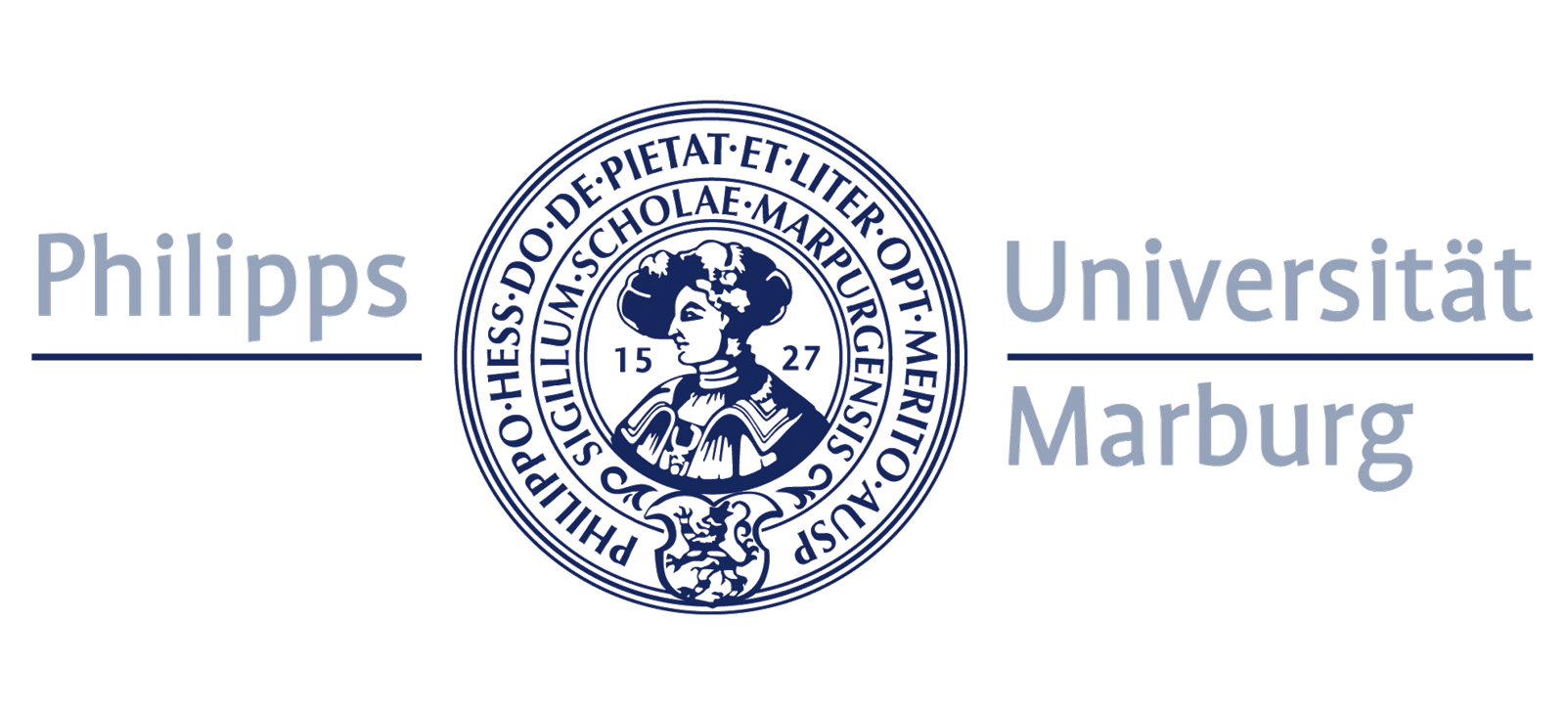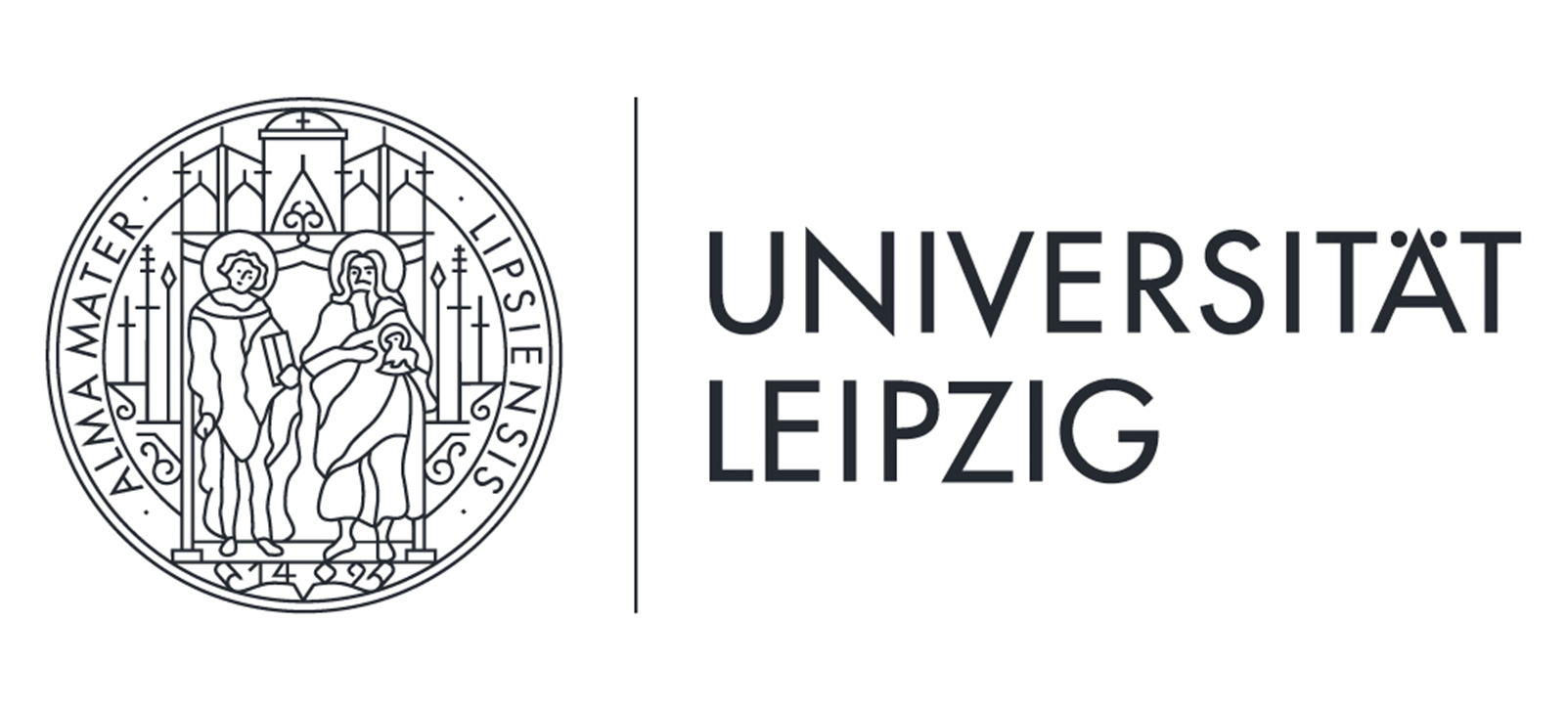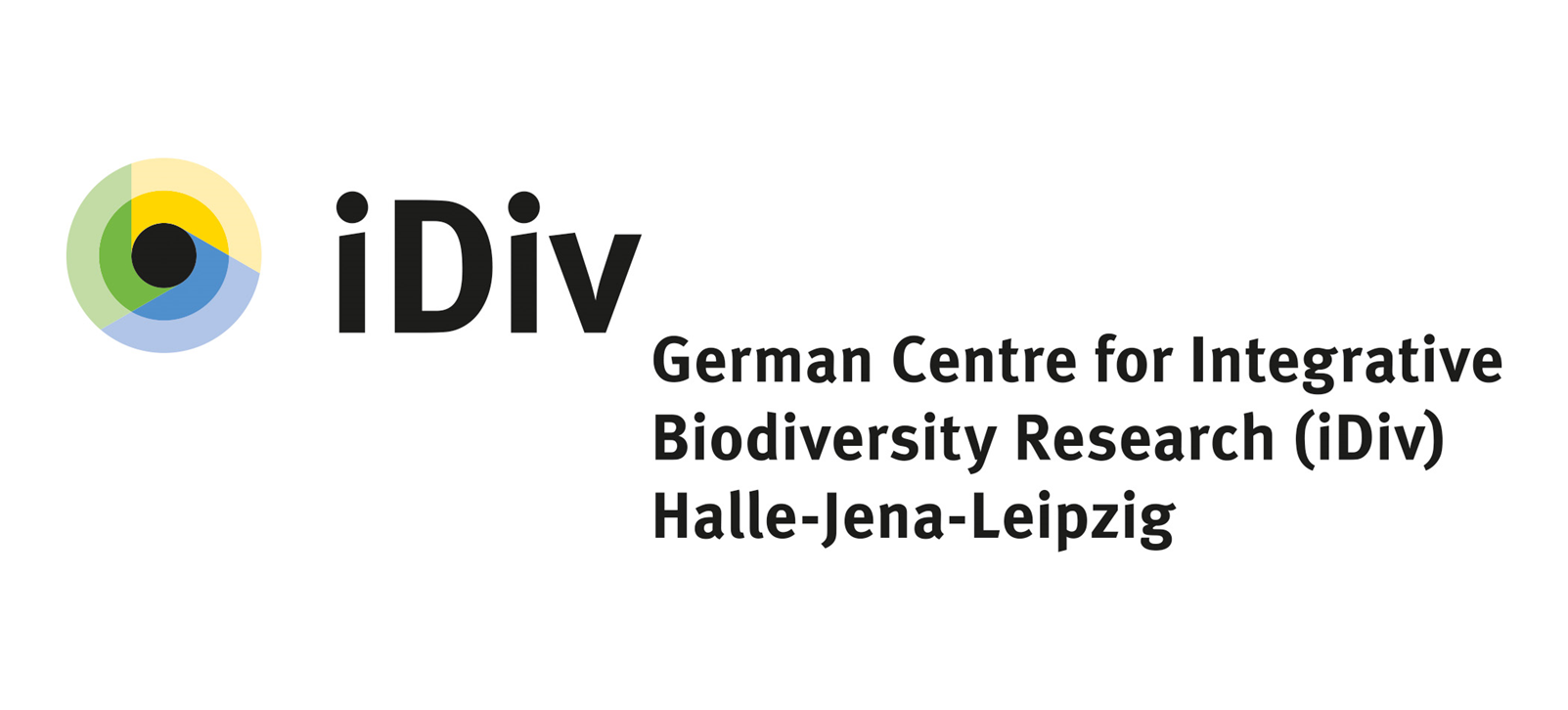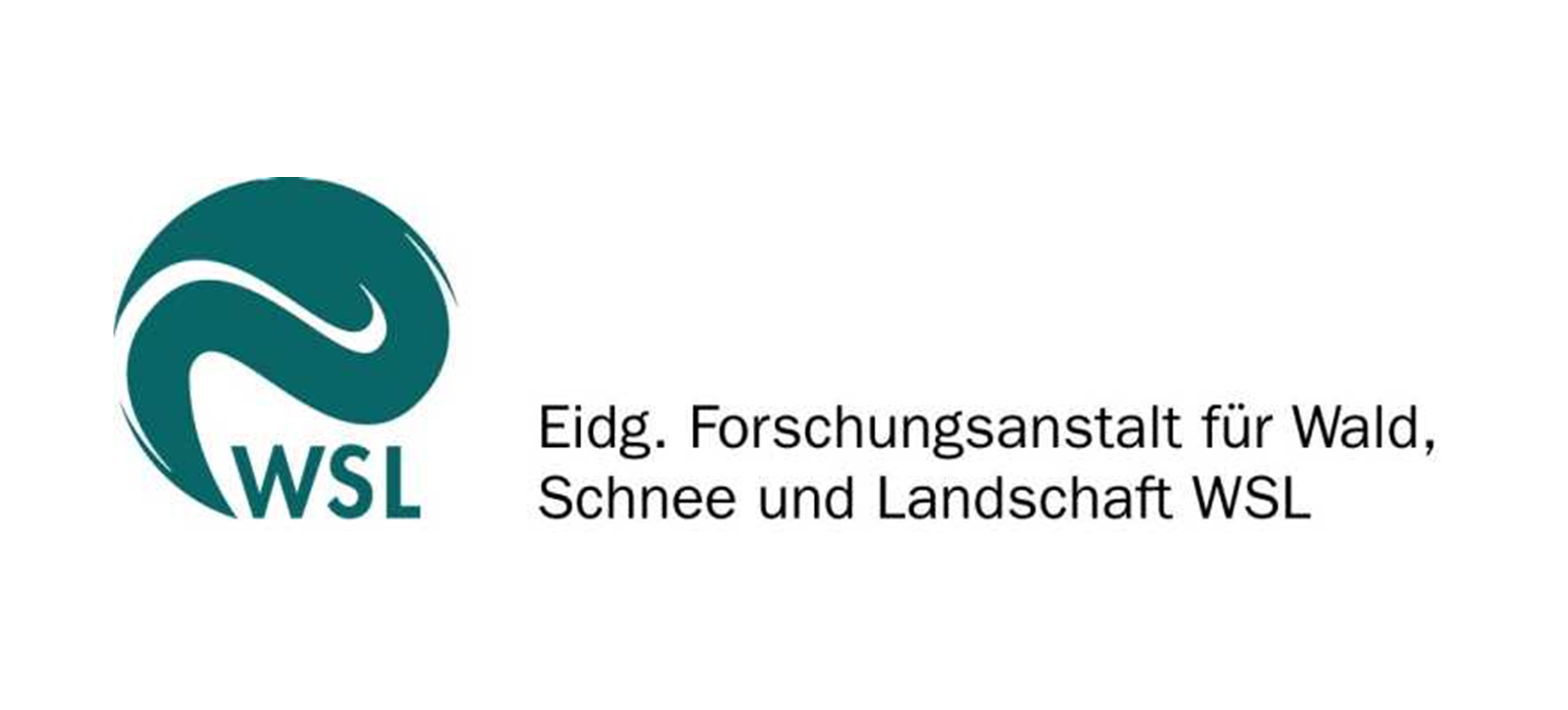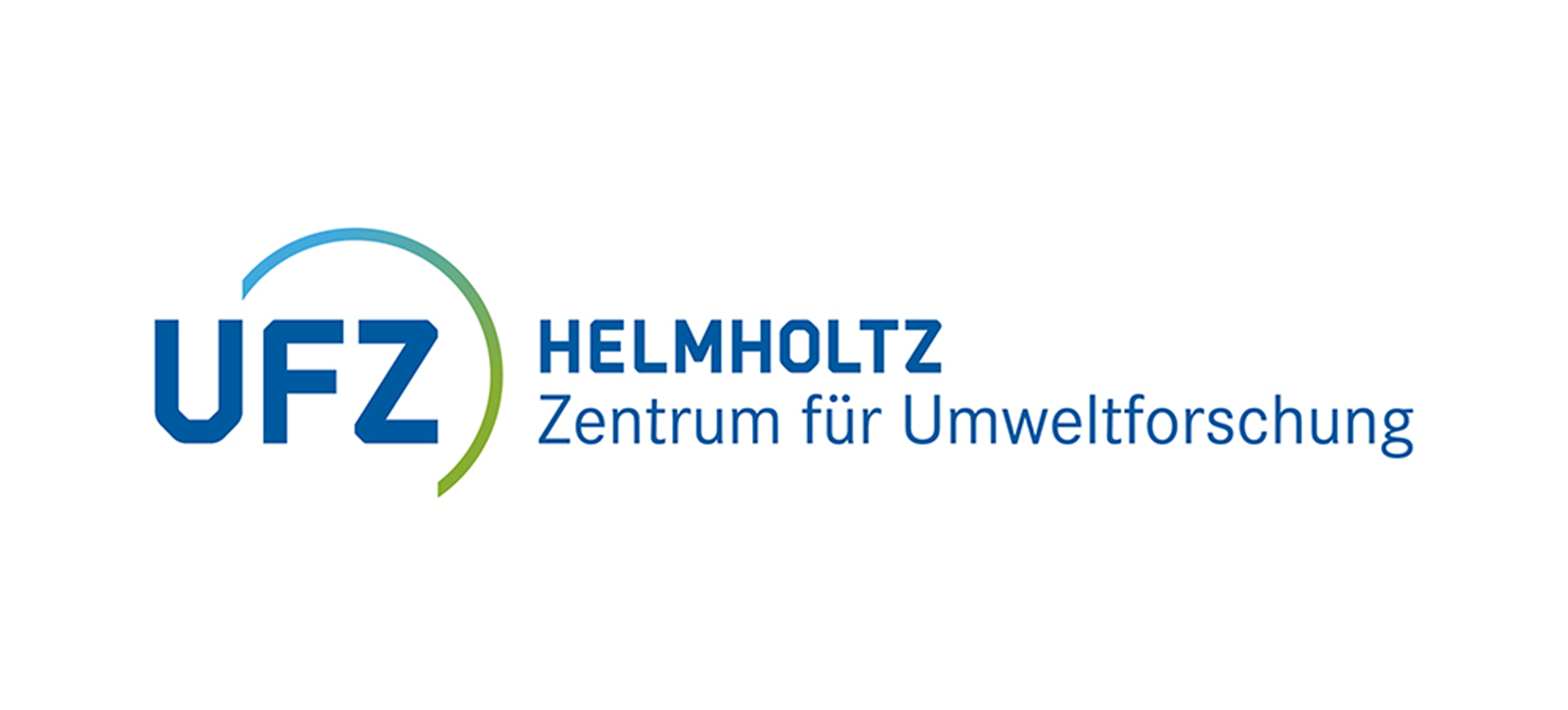Main Content
C2 - Experimental Platforms and Plant Material
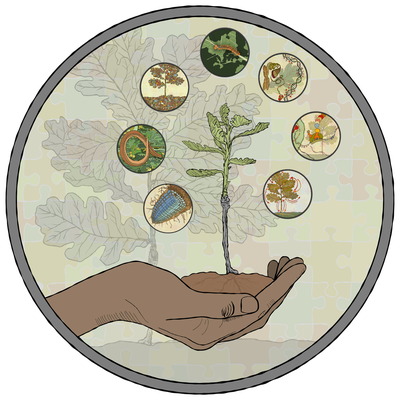
Marie-Lara Bouffaud, Martin Goßner, Katrin Heer, Lars Opgenoorth, Mika Tarkka, Christian Lampei, Julia Völker
Setting up and maintaining experimental resources
At the core of the PhytOakmeter work program are three joint Experimental Platforms. The underlying logic of our experimental approach is to conduct experiments at various levels of environmental control vs. naturalness. Our goal is, to investigate acclimation and adaptation in the oak holobiont in reaction to specific stresses applied in fully controlled environments in mesocosms. Thus, in phase I of the research unit, the goal is to establish relevant patterns and test them in the successively more natural – less controlled and thus more noisy experimental platforms, investigating whether drought and herbivore impact in the controlled environment are sustained in more natural environments. For example, we will analyze whether genes identified to be upregulated in Platform I as a reaction to drought stress also emerge as candidate genes in Platforms II and III.

Specifically, the platforms are made up of the iDiv-Ecotron and the Freiburg-Ecotron in Platform I, the Swiss Canopy Crane II and the Marburg Open Forest in Platform II, and the PhytOakmeter gradient between Southwest France and South Finland.
PhytOakmeter Platform I
The iDiv-Ecotron
The iDiv-Ecotron in Bad Lauchstädt has been set up to conduct biodiversity and ecosystem function research in terrestrial ecosystems that moves beyond the manipulation of diversity at single trophic levels to embrace the multitrophic complexity of ecological communities. While multitrophic biodiversity has long been studied as one important response variable in changing ecosystems, e.g., by the use of climate chambers, the iDiv-Ecotron allows exploring the multitrophic consequences of different biodiversity change scenarios and the effect of altered biotic interactions on multiple ecosystem functions in above-ground networks and in above-below-ground networks. The iDiv-Ecotron is composed of 24 highly flexible EcoUnits. The size of the EcoUnits enables the maintenance and study of interactions of tree saplings and their interaction partners. Furthermore, the possible compartmentalization of each EcoUnit into four independent subunits enables experiments with high replication (i.e., 96 subunits in total). All EcoUnits are equipped with a video-camera system, freely-programmable multi-color (wavelength) LED lamps, irrigation system, and temperature gradient along the soil profile to enable the spatial and temporal control of environmental factors as well as the simulation and study of environmental gradients within and across EcoUnits.
The Freiburg Ecotron
The Freiburg-Ecotron, recently funded by the Eva-Mayr-Stihl-Stiftung will be established in 2023 under the leadership of C. Werner (SP3). The Freiburg-Ecotron facility is part of the new Umwelttechnikum, comprising an experimental hangar with four Ecotron units (in total 16 lysimeters) with an adjacent greenhouse and outdoor lysimeter fields with rainout shelters in the vicinity of the chair of Ecosystem Physiology at the technical campus of the University of Freiburg. It will be built on the experience of the iDiv-Ecotron and presents a further development of the four lysimeter configuration Ecotron units in Bad Lauchstädt. In Freiburg, each Ecotron subunit will be fully equipped with a continuous gas exchange measurement system and switching units, allowing for separating above and below-ground carbon, and water (and temporarily volatile organic compound) fluxes. All compartments will be connected to stable isotope water and CO2 laser spectrometers, enabling the real-time measurement of stable isotopes of carbon and water fluxes and isotopic pulse-labeling experiments to investigate carbon allocation and roots water uptake dynamics. Though smaller in size with 16 lysimeters, the focus of the Freiburg Ecotron on continuous above- and below-ground gas exchange by stable isotope spectroscopy will allow investigating additional features of the holobiont and the responses to environmental stresses.
PhytOakmeter Platform II
The Marburg Open Forest
The Marburg Open Forest (MOF) is the research and teaching forest of the Philipps-Universität Marburg since 2019. It contains a sensor network including 70 TreeTalkers that have been tested in an operational study since spring 2020. Ten of TT are placed on oaks. These autonomous sensor boxes follow an Internet-of-Things (IoT) concept and combine sensors to detect air temperature and humidity with a 12-band multispectral sensor directed into the canopy, and sensors to measure sap flow, increment, stem moisture, and stem movement. The measured values are transmitted in an energy-efficient manner using LoRa (Long Range Wide Area Network) to local cloud hubs, through which the collected data are transmitted to the Philipps-Universität Marburg via the mobile wireless network. The operational maintenance of the stations is running successfully and with the current setup they are able to run four months, and after the next release for a year, on a single battery set. Together with the further preliminary work, our experience with the system enables us to efficiently set up sensor networks on the PhytOakmeter gradient sites from the beginning of the project and streamline the data in real-time directly to our operational database. Furthermore, since these sensors are being steadily co-developed by our collaboration partner Prof. Ricardo Valentini from the University of Tuscia and founder of the Nature 4.0 company, we can realize specific modifications for the Canopy Exposition Experiment and the Ecotron experiments to make the sensors suitable for the small clonal oaks. Finally, access to the study trees in the Marburg Open Forest via rope climbing technique is already permanently established in the framework of the LOEWE project Nature 4.0 and will allow the setup for the Canopy Exposition Experiment.
Swiss Canopy Crane II
The Swiss Canopy Crane II at the Hölstein research site is located in an exceptionally diverse forest, harboring more than 400 trees from 14 different species. The site is equipped with the latest infrastructure, including 60 automated point dendrometers, automated soil respiration chambers, 72 ceramic suction cups at various locations and depths across the site, and a range of automated environmental sensors in the soil, forest floor, and canopy. The crane itself is 50 m tall with a 62.5 m jib that provides canopy access to 312 trees from 10 different species, including Q. robur, which makes the site ideal for our Canopy Exposition Experiment relating the holobiont response of clonal saplings to local twigs and grafted twigs of mature trees to microclimate.
PhytOakmeter Platform III
PhytOakmeter Gradient
The PhytOakmeter gradient so far consists of 12 sites along a latitudinal and precipitation gradient across Europe where DF159 trees have been released. The Marburg Open Forest will become the 13th site, having planted 50 DF159 there last fall. Sites are located either in forest or grassland habitats and represent a wide range of environmental contexts with specific stressors. In the PhytOakmeter field-monitoring platform saplings of DF159 have been out-planted according to four designs:
- Four drought-exposed grassland sites in Central Germany with 11 to 13 saplings planted in each in 2014. The plots, separated by at most 100 km,
are under similar temperature regimes, but with precipitations between 300 and 500 mm/y, which are close to the lower limit for oak forests - A European transect across four grassland sites located in Bordeaux and Fontain (southwestern and eastern of France, respectively), Bad
Lauchstädt (central Germany), and Lapinjärvi (Finland), where on each site 12 to 13 saplings were planted in winter 2013-2014. - Four forest sites in each of which 12 trees were planted in 2016 in forest clearings of Fontain (France), Leipzig, and Rehungen (Central Germany),
plus a closed canopy forest in Rehungen.
All sites are equipped with loggers measuring air and soil temperature and soil humidity. Soil cores have been collected to analyze their chemical and physical characteristic. All sites have been visited annually since the clone has been planted to collect data on annual growth, number and size of yearly growth flushes, herbivory and fungal parasitic attacks, as well as leaf traits (number, area, weight, specific leaf area) are measured. All data are available in a BExIS databank located on the UFZ server and will be mirrored on UMR servers in the future. A file with metadata categories is annotated to the PhytOakmeter Data Management Plant. In addition, barcode analyses of soil fungi and bacteria in the bulk and rooting zone soil hast been performed
in 2018.
Quercus robur as an emerging tree model - the DF159 clone as a vital resource
C2 is also responsible to provide the plant material for all experiments - namely the DF159 clone. Propagation is conducted at UFZ in Halle and at UMR in Marburg, in the labs of Marie-Lara Bouffaud and Mika Tarkka, and Lars Opgenoorth respectively. This resource has been maintained for more than 30 years by the working group of Francois Buscot and Sylvie Hoffmann who continue to collaborate with us in PhytOakmeter.

